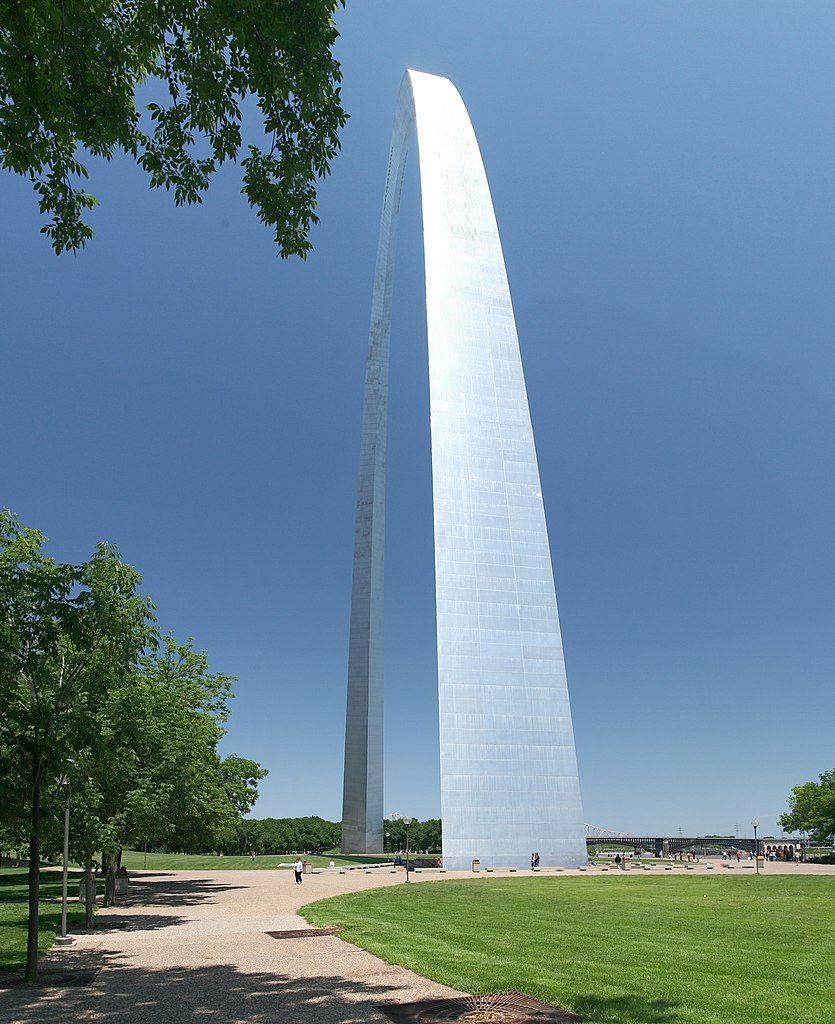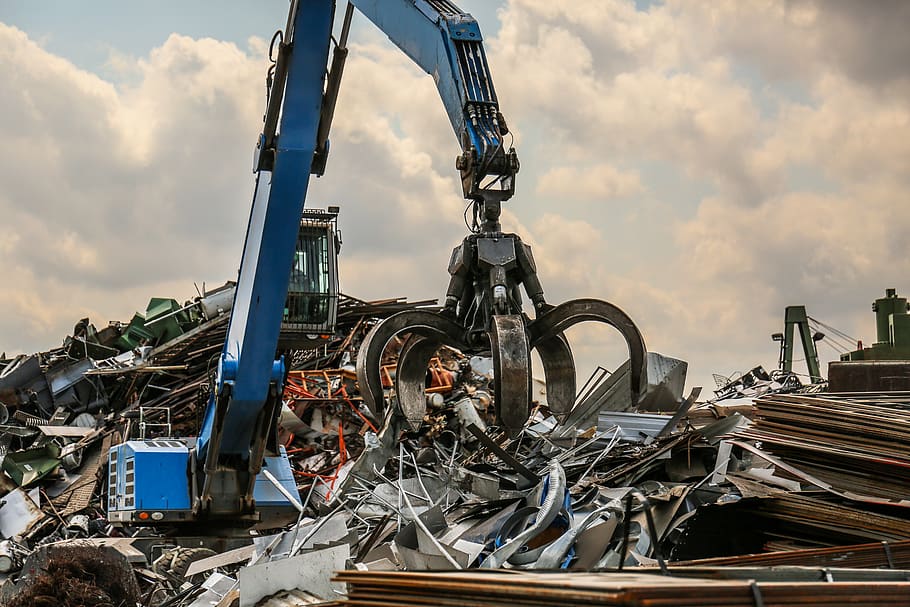Stainless Steel in Contemporary Design: Exploring Its Role and Impact in Modern Architecture

Modern architecture has transformed the landscape of cities worldwide, and one material has been instrumental in this transformation - stainless steel. Noted for its durability, versatility, and aesthetic appeal, stainless steel has become a prominent material in the design and construction of buildings. This blog post, which is part one of a four-part series, explores the role and impact of stainless steel in contemporary architecture.
Stainless Steel: The Architect's Choice

Stainless steel, thanks to its distinct properties and benefits, has carved out a special place in the hearts of architects and designers. It is corrosion-resistant, which makes it particularly appealing for use in outdoor structures and environments exposed to the elements. Its strength provides durability, which is critical in architecture, as buildings are investments meant to stand the test of time.
Moreover, stainless steel is incredibly versatile. Its ductility and malleability allow it to be shaped into an array of forms and structures, enabling architects to push the boundaries of their designs. From complex geometric facades to intricate interior details, stainless steel offers endless possibilities. It can be finished in numerous ways, ranging from a sleek mirror polish to a rougher, more industrial matte look, offering a broad spectrum of aesthetic choices to designers.
Stainless steel is also a practical material for architects due to its ease of maintenance. Its ability to resist staining and its inherent cleanliness mean that structures using stainless steel require less intensive upkeep, reducing the cost and labor associated with maintaining the building.
Creating Iconic Structures

Stainless steel has played a significant role in creating some of the world's most iconic structures. Its unmistakable sheen and ability to take on various forms make it perfect for striking exteriors that stand out and command attention.
One prime example of this is the Cloud Gate (commonly known as "The Bean") in Chicago, designed by Sir Anish Kapoor. This monumental sculpture showcases the reflective properties of stainless steel, creating a mirror-like surface that reflects the city's skyline and the clouds above, giving the artwork its name.
Another stunning example is the Gateway Arch in St. Louis, Missouri. As the tallest man-made monument in the U.S, the Arch is a marvel of modern engineering and design. The structure's sleek, seamless appearance is due to its exterior of grade 304 stainless steel, chosen for its longevity and resistance to corrosion. The stainless steel exterior has preserved the Arch's aesthetic appeal, maintaining its gleaming appearance for over half a century since its completion in the 1960s.
These structures, among others, demonstrate how stainless steel has not only been instrumental in the realization of architectural marvels but also in creating landmarks recognized worldwide for their aesthetic appeal and innovative design.
Building for the Future: Sustainability

Modern architecture is not solely about aesthetics and functional design; there is a rising emphasis on environmental responsibility and sustainable practices. Stainless steel has much to offer in this regard, playing a significant role in creating a greener and more sustainable future in the architecture industry.
One of the key sustainability attributes of stainless steel is its longevity. Thanks to its high resistance to corrosion, structures made with stainless steel last significantly longer than those built with other materials. This durability reduces the frequency of replacements and renovations, thereby saving resources and minimizing the environmental impact associated with construction activities.
Moreover, stainless steel is a champion when it comes to recyclability. At the end of a structure's life, virtually all of the stainless steel used in its construction can be fully recycled, without any degradation in quality. This process is highly efficient, with over 85% of stainless steel being recycled worldwide. Using recycled steel saves up to 50% of the energy required to produce steel from raw materials, contributing significantly to carbon emissions reduction.
From Sky to Sea: Stainless Steel in Different Environments

Another factor contributing to stainless steel's popularity in architecture is its ability to withstand various environments. From coastal buildings exposed to salty sea air to structures in high-temperature areas, choosing the right grade of stainless steel can provide excellent resistance to corrosion, ensuring the longevity of the building.
Inside Out: Stainless Steel in Interior Design
The use of stainless steel is not confined to exterior applications. Inside buildings, you'll often find stainless steel used in everything from decorative elements to practical applications like kitchen surfaces and stair railings. Its ease of cleaning and minimal maintenance needs make it a popular choice in both commercial and residential interiors. We will cover this topic quite a bit more in another post in the near future.
Conclusion
In the world of modern architecture, stainless steel stands out as a material of choice. It marries practicality and beauty, allowing architects to design structures that are not only aesthetically pleasing but also durable and sustainable. As we continue to build for the future, the role of stainless steel in architecture is set to shine even brighter. From sculpting our skylines to creating our interior spaces, stainless steel is truly at the heart of contemporary design.
